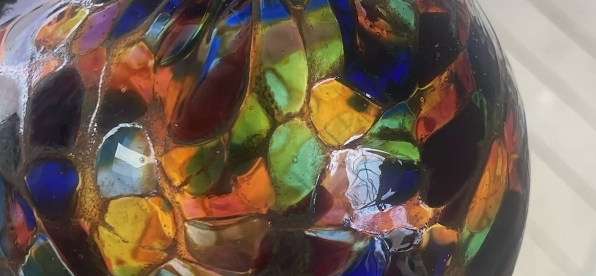Glass art is a unique art form that combines aesthetics and technology. It uses the material of glass as a medium to display colorful and amazing works through the transformation of fire and heat. The properties of glass make it an ideal material for creation, and its light transmission and plasticity allow artists to process and transform it in various forms.
Historically, the origins of glass art can be traced back to ancient civilizations, where it was originally used for the making of practical utensils. Over time, the technology for making glass evolved, and artists came to realize its potential in the decorative arts. Today, glass art is not only limited to traditional vessels and decorations, but also covers many aspects such as sculpture, installation art and architectural decoration.
In the process of creation, artists often use a variety of technical means such as hot melting, blowing and casting. Hot melt technology makes glass appear soft and malleable at high temperatures, while blowing creates a light, transparent shape. Casting technology involves pouring molten glass into a mold to form a complex three-dimensional structure. Each technique can give the glass a different texture and expression, showing the unique style and creative ideas of the artist.
The use of color is also particularly important in glass art. By adding different minerals and oxides, artists can create a rich palette of colors that give their work a striking visual impact. Light transmission and reflection make these colors constantly change under the action of light, whether direct light or soft shadow, can give the work a multidimensional sense of layers.
Modern glass art is moving towards crossover and integration, and many artists integrate elements such as light and shadow and sound into it to create works with both visual enjoyment and ideological depth. At the same time, with the increase of environmental awareness.




